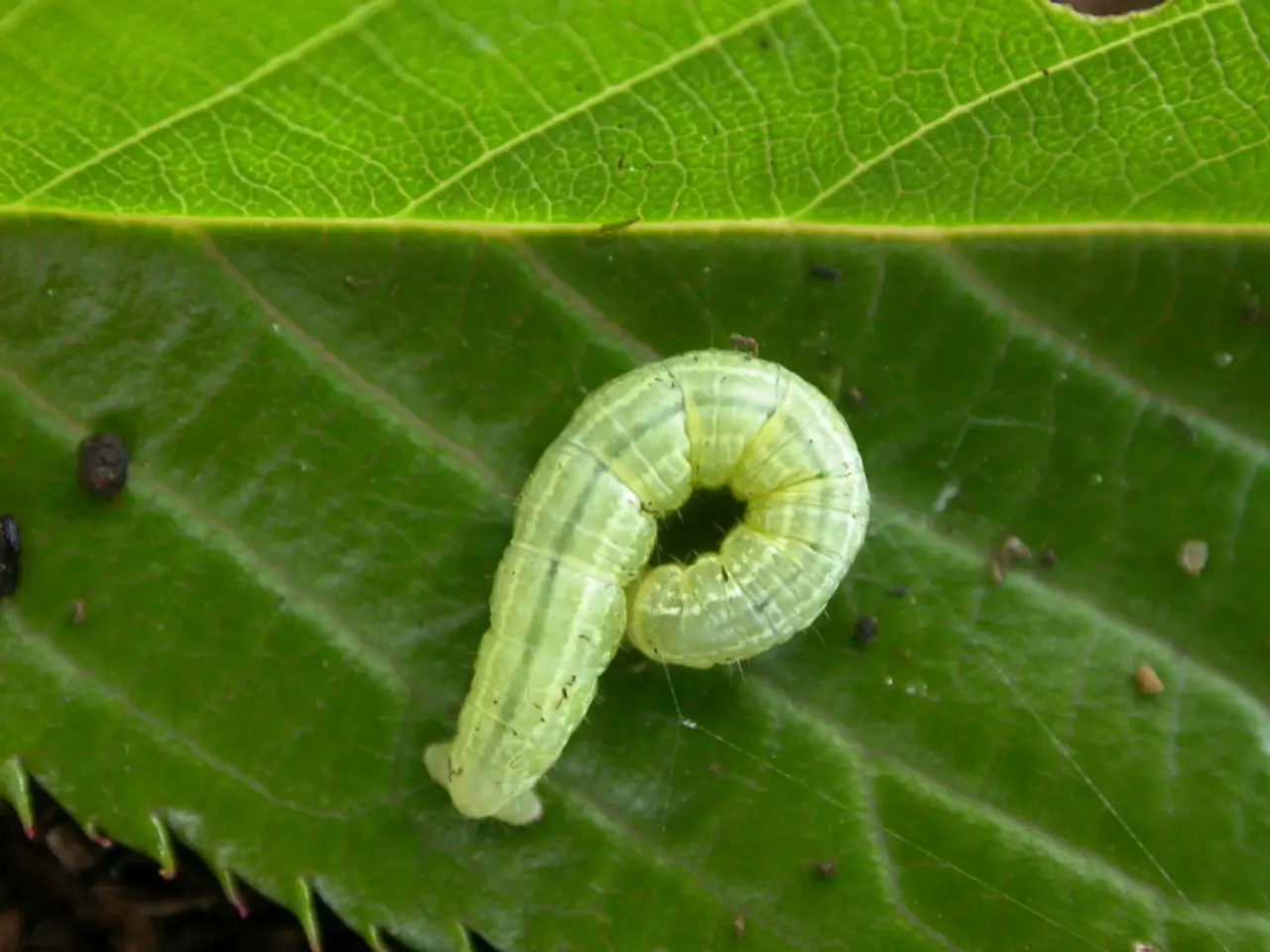Pictures, remedies, and avoidance measures for ringworm infection
Ringworm, a common fungal infection, is known for its circular or oval-shaped rashes on the skin. It can affect various parts of the body, including the feet, hands, groin, nails, and scalp. This infection, classified by the area it affects, is often named jock itch, athlete's foot, or ringworm on the beard in agricultural workers who have contact with infected animals.
In humans, ringworm is typically no longer contagious within 48 hours after starting treatment. However, without treatment, it can remain contagious for weeks. In animals, cats are usually contagious for about 3 weeks with proper treatment, but quarantine is often advised for a longer period, typically between 3 and 6 weeks. Dogs can be contagious for a longer time if not treated properly.
The recommended treatment for ringworm varies depending on the body area affected. General treatment involves antifungal medications, with the choice of medication and treatment duration depending on the severity and location of the infection.
For skin infections, topical antifungals such as creams or ointments like clotrimazole and terbinafine are used for localized infections. For more severe cases, oral antifungals like griseofulvin or itraconazole may be prescribed. Scalp infections, known as tinea capitis, are typically treated with oral antifungals like griseofulvin and medicated shampoos. Nail infections require prescription antifungal medication and can take several months to treat.
Prevention measures include regular washing of hands and surfaces, isolating infected individuals or pets, and environmental cleaning. Ringworm thrives in hot, moist environments like the tropics, locker rooms, and indoor pools, so regularly cleaning and disinfecting these areas is key to prevention.
Ringworm can cause itchiness, cracked skin, and hair loss. A person might mistake a ringworm rash for other skin conditions, including eczema, psoriasis, and seborrheic dermatitis. If you suspect you or your pet have ringworm, it's essential to seek medical advice and follow the recommended treatment plan carefully to ensure a full recovery and prevent the spread of the infection.
- Ringworm infections can also manifest on the male skin, causing itchiness, cracked skin, and in some cases, hair loss.
- In the field of health-and-wellness, proper skin care is crucial to prevent and treat fungal skin conditions like ringworm, which can be mistaken for other skin conditions such as eczema or psoriasis.
- In addition to affecting the nails, ringworm is a fungal infection that can cause rashes on various parts of the human body, including the skin, groin, and scalp.
- To treat fungal infections of the skin, topical antifungal medications like creams or ointments (such as clotrimazole and terbinafine) are commonly used for localized infections, while oral antifungals like griseofulvin or itraconazole may be prescribed for more severe cases.
- Prevention of ringworm involves maintaining good medical-conditions hygiene by regularly washing hands and surfaces, isolating infected individuals or pets, and environmental cleaning, especially in hot, moist areas like locker rooms, pools, and indoor environments prone to fungal growth.




